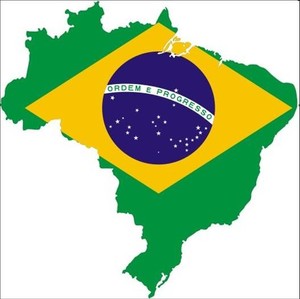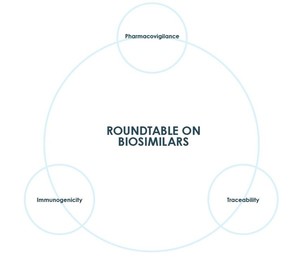Europe serves as a model for other countries looking to define their own regulatory approval criteria. However the opposing interests of biosimilar and innovative companies is resulting in delays to the development of biosimilars in the US.
Europe has shown a degree of flexibility in its approval of five biosimilars to date. After an almost decade-long debate, biosimilars/follow-on biologics are finally a reality in the US, forced on US lawmakers by the increasing expenditure on biologicals. As part of the Patient Protection and Affordable Care Act, the Biologics Price Competition and Innovation Act (BPCIA) legislation is now on the statute books, a compromise attempting to satisfy both innovative and biosimilar companies.
There are loopholes and ambiguities in the legislation that will be left to FDA regulators to adjudicate. All US biosimilar applications will be evaluated individually (similar to the European process), and the agency will determine the criteria that must be met to ensure product efficacy, quality and patient safety.
The FDA must first develop a regulatory framework to implement the provisions of the law, a process predicted to take up to three years. Then the review process could take two years. Thus, biosimilars may not appear under the new legislation until 2015.
Legal fears
Although there is general consensus that the BPCIA is a step in the right direction, there the agreement stops. Biosimilar companies wanted the patent period after marketing authorisation of a biological drug to be only five years. The law finally grants 12 years’ patent protection, not the 14 years demanded by originator companies.
One contentious issue is the envisaged ‘patent information exchange’ process. In this the innovator and follow-on company will compare notes over the make-up and manufacturing process for a particular product to identify the key patents that either need to expire or be successfully challenged in order to launch a biosimilar. Such legal posturing would add greatly to the cost.
Lawyers also claim that the FDA may not be able to prevent leakage of confidential data and information held on the innovator’s product. Patent litigation could in practice extend beyond the 12-year exclusivity period. All in all, the current feeling is that it may not be worth attempting to develop and market a biosimilar in the US for legal reasons.
Biosimilar or biobetter?
The idea that biosimilars are not interchangeable like generics makes them hard to market. Omnitrope, a biosimilar human growth hormone approved in mid 2006, has gained only a 2% market share in four years, despite being priced 25% below the originator product.
It might be preferable to claim that a new product is a ‘biobetter’, or improved product. This would be done under the previous rules. Merck was attempting this, but scrapped development of MK-2578, its pegylated form of erythropoietin. MK‑2578 was widely expected to be the first biosimilar erythropoietin-stimulating agent (ESA) on the US market with a launch pencilled in for 2012. However, the FDA requested lengthy development data and Merck decided against continuing.
In May 2010, Teva began testing its first biosimilar, a version of rheumatoid arthritis drug rituximab. The clinical trial of TL011 is scheduled to complete in mid 2011. Will the FDA's stance affect Teva’s plans to file its biosimilar ESA in the US?
Merck claims to have another five novel biopharmaceuticals in development plus five or more biosimilars, so it does not appear to have been seriously deterred. Once the concept of biosimilars has become established, payers are expected to embrace them.
Few players
As it is costly and time consuming to bring out a biopharmaceutical it is unlikely several competitors will develop in each field. Although many generics companies will undoubtedly be monitoring developments in the field and assessing their chances of breaking into the biosimilars market, at this stage it seems only those with adequate resources and expertise will have a go.
However there will be less need to cut prices in order to capture market share, so the potential rewards are large. In the end, there is so much money to be made that a biosimilars market will develop, albeit hesitantly.
Related articles
The hurdles to biosimilars in Europe
Hurdles to biosimilars in Asia
US healthcare reform
Hurdles to entering the biosimilars’ market
The biosimilars challenge
References
Datamonitor. Biosimilars Series: Regulatory and development issues hurdles exist but are surmountable. September 2007.
Datamonitor. Biosimilars Series: Strategic issues - Potential remains uncertain. October 2007.
Stoker L. Trials and Tribulations of the Growing Biosimilars Market. Drug development-technology. 23 September 2010.
EP Vantage. BIO 2010 - Biosimilar pathway cleared in US but will any company set foot on it? 6 May 2010.








 0
0











Post your comment